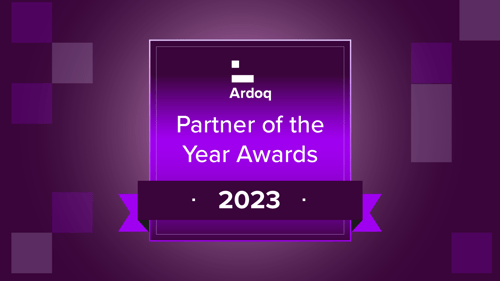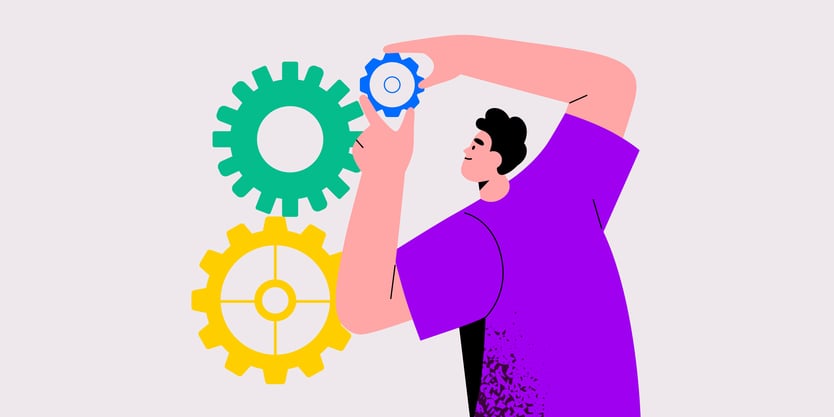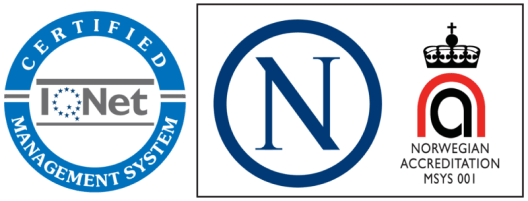As one of the crucial processes organizations need to undergo when they seek funding, due diligence gives stakeholders an overview of information such as assets, liabilities, and commercial potential. Technical due diligence (TDD) zooms in on technology-related aspects, such as products, software, product roadmap, product differentiators, systems, and practices. For tech and SaaS companies like Ardoq, the technical due diligence process is not only a big part of the evaluation of the company but also a vital element during the organization’s growth and scaling stage.
Investors will focus on different aspects according to their priorities. For Ardoq, some looked at the technical architecture, while others looked at the product roadmap. Generally, tackling the process as a whole means being thorough and transparent because investors will look at architecture, software, people, and security. Ardoq’s technical due diligence impressed investors, helping us secure our recent Series D funding. We’d like to share our key learnings, diving into the technical due diligence process for one of the 5 largest private funding rounds in the Norwegian tech business.
What Does the Technical Due Diligence Process Reveal?
Generally speaking, during the technical due diligence process, investors look to see whether there are skeletons in the closet that can potentially slow an organization down and whether the organization is aware of them. Building on our experience from previous rounds of funding, teams throughout the organization were able to prepare the necessary material for review swiftly and effectively. We knew that investors were not only looking for red flags but also to see if we were flexible and open to change.
Flexibility is important because a rigid organization may lack the capacity for growth and agile adaptation, particularly critical for fast-paced SaaS and tech markets. For Ardoq, it was important to showcase our future flexibility, as our investors wanted to ensure that we are aware of the risks that come with our choices. Our previous experience with technical due diligence meant that the Ardoqians involved in the process knew they needed to be transparent and knowledgeable from the start.
People Are Key
People are a big asset in any organization. This means they also make up a significant element of technical due diligence. Investors want to understand the people driving an organization's practices and systems. They look into the culture that surrounds teams, their values, and how they delegate responsibilities and collaborate. Getting the people behind the process to contribute was vital in our own experience. Investors looked to Ardoqians like VP of Engineering Øystein Ellingbø and VP of Product Ian Stendera and asked: “Are they aware of Ardoq’s weaknesses?”
Security Meets Strategy
Investors wanted to check if we are following best practices across the organization, particularly when it comes to security for our customers. They wanted to see how susceptible we might be to being hacked. With our shiny new ISO 27001:2017 certification and our SOC 2 attestation, we could demonstrate our ongoing commitment to security.
Having ISO certification provides us with a framework for identifying and managing risk. The certification forms part of the TDD process by enabling us to speak the same language, communicate what we are doing, and share a common understanding to demonstrate how we manage security risks. Combining this with our strategy going forward, we were able to show our maturity and preparedness for potential risks. This allowed investors to assess how much of our success is intentional and sustainable. This brings us to our product.
Knowing Your Product
As a SaaS company, our product is a crucial part of our evaluation. There were 2 key aspects we needed to be aware of for the technical due diligence process. First, we needed to be on the same page as investors from the get-go. For example, investors wanted to see if marketing and sales are selling the product we have actually developed. A mismatch between what we say we’re selling and what we actually sell is a big problem.
The second aspect of knowing our product is showing that we understand where our product stands in relation to competitors. During the TDD process, we had to assess the risk of our technology being replicated. By presenting details of Ardoq’s product development and demonstrating our methodology, we could show how the product we’ve built is hard to copy. At the same time, this part of the TDD process highlighted our untapped value.
Automation-Driven Edge
Technical due diligence research involves looking at the competition and benchmarking, requiring an organization to understand how well its differentiators and strategy are aligned. Automating our processes using Ardoq-in-Ardoq gave us a huge head start. Instead of manually digging through our processes and choices, we leveraged our own technology to efficiently meet all inquiries. We were also able to showcase our product and technical processes using Ardoq, using automation to synthesize our data and information.
Using Ardoq-in-Ardoq enabled us to use our opportunity with investors to drill down and get an accurate view of the company's true value. Our visualizations, technical roadmaps, and systems architecture allowed us to demonstrate:
- Potential for growth
- Awareness of risks
- Product differentiators
- Technical processes
The Good, the Bad, and the Ugly
So far, so good. However, the transparency required during the technical due diligence process can also reveal what isn’t working. Ardoq’s process flagged the impact of our transition from a start-up with a product founder to a scale-up with a technical team. One of the challenges raised by fast-paced growth is that the teams' culture changes quickly. The TDD process flagged areas where our methodology has changed during Ardoq’s metamorphosis, such as how we organize and plan roadmaps.
Key Success Factors in Our TDD Process
While there’s no one-size-fits-all approach for the technical due diligence process, a few key factors led us to success:
- Using our own product gave us an automation-driven head start by making the best use of investors’ time.
- Investors appreciated the maturity demonstrated by knowing and being transparent about our strengths and weaknesses.
- All this came together and shone through with the support of our Bold, Caring, and Driven team of Ardoqians.
Book a demo to learn more about the advantage of automation for your organization with Ardoq.
 Ardoq
This article is written by Ardoq as it has multiple contributors, including subject matter experts.
Ardoq
This article is written by Ardoq as it has multiple contributors, including subject matter experts.








